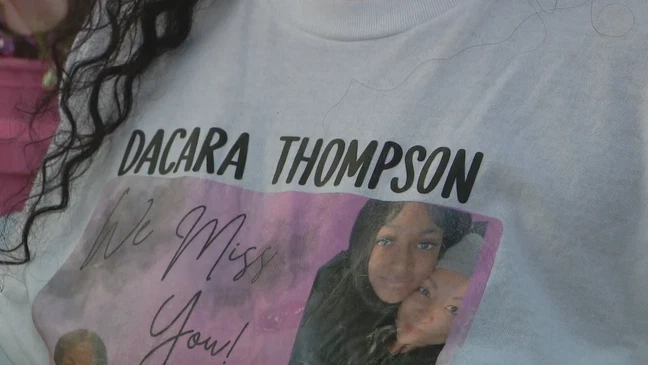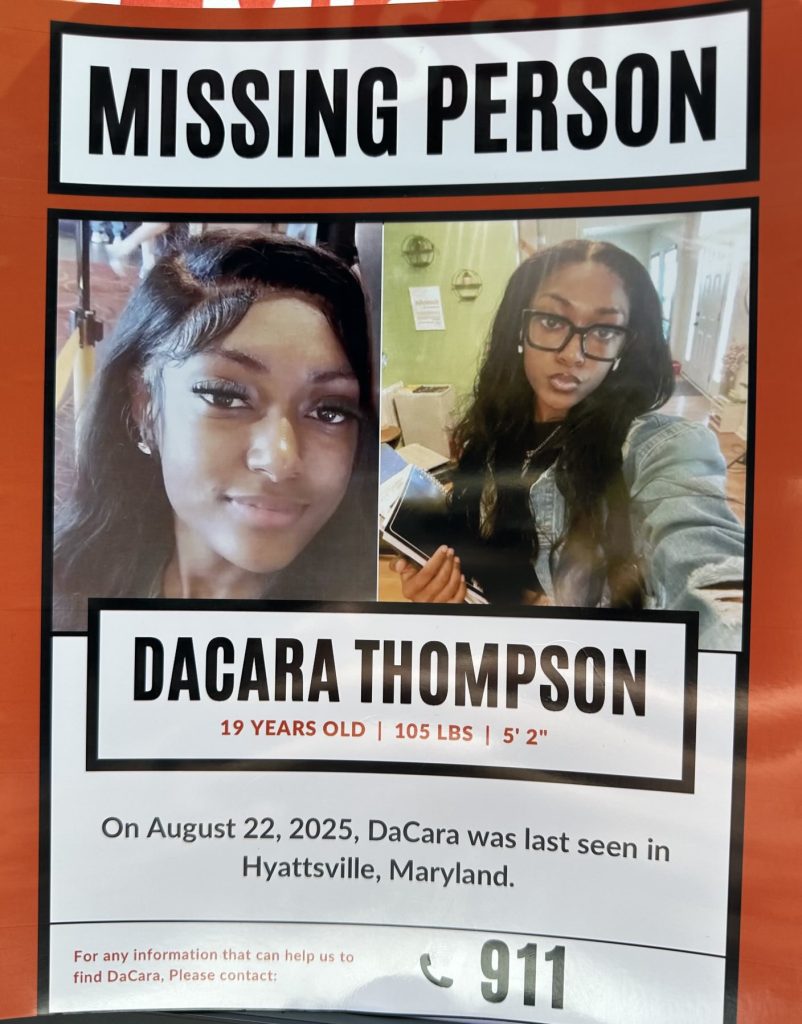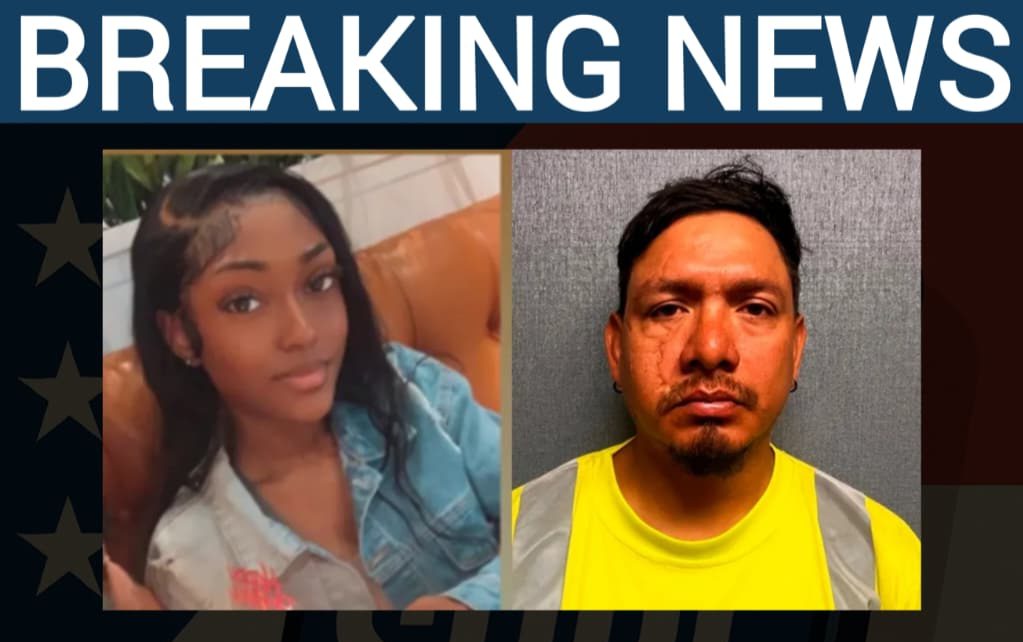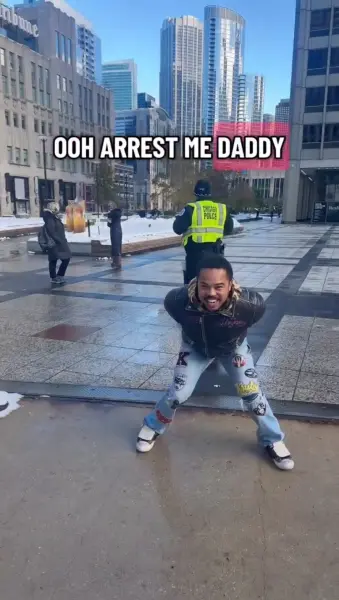The Tragic Murder of 19-Year-Old DaCara Thompson and What It Reveals About Broken Systems
The day I read about DaCara Thompson’s case, I felt a weight in my chest that stayed with me through my morning coffee. A 19-year-old, full of life and dreams, vanished after telling her family she’d run out to get gas. This was August 22, 2025, in Lanham, Maryland. The next days passed in quiet terror for her loved ones as hope turned into heartbreak. When her body was found near Route 50, her murder confirmed by serious injuries to her head, it didn’t just shatter one family—it shook an entire community. DaCara had just graduated high school and joined a public service program in the state. She was admired for her kind spirit and artistic heart. The governor called her a “bright light,” and memories of her were flooded with sorrow.

The search had begun with simple worry—then became an investigation. Detectives pulled surveillance that showed DaCara getting into a black SUV early that morning. That footage became the breadcrumb. It led them to a house in Bowie where they discovered evidence pointing to the last moments of her life. The suspect, identified as Hugo Hernandez-Mendez, is now facing charges of first- and second-degree murder. At 35, he lived in the very room where DaCara is believed to have been killed. Blood, a wig matching video footage, and even a fingernail found in that house tied everything together. And as if the tragedy needed one more painful layer, records show Humberto Hernandez-Mendez had been arrested back in April for DUI—and despite an active ICE detainer, he had been released pending trial.
What struck me most, beyond grief, was the complexity of how justice and mistakes intersect. A family’s hope turned to mourning, while discussions began about how one person could slip through the cracks. The suspect’s immigration status became front-page debate, with critics arguing the system had failed and that more should have been done to hold someone potentially dangerous behind bars. Still, none of that brings DaCara back. It takes away from what’s really a human loss—a young life cut short when curiosity meets tragedy, when trust is misplaced, and when structures falter.
Marylanders began asking questions—not just about immigration or enforcement, but about how communities stay safe, how vulnerable people are supposed to get help, and whether red tape ever becomes red warning lights. Advocacy groups and state officials now grapple with how to strengthen collaboration between local police, federal immigration services, and community safety programs. But even as policies are redrawn, we cannot afford to lose sight of DaCara herself—the human behind the headlines.

I spent hours thinking about how her laugh, her morning rituals, the way she lit up a room—gone. Families in Lanham and beyond are choosing to remember her not through fear, but through service, art, and their own bright spirits. Grief is real. The gaps in systems are true. And DaCara might be one data point in a broader narrative, but her family and everyone who knew her feel the deepest loss. Sometimes stories are bigger than reports. And hers is one that calls us to listen—and to never forget the missing, the loved, or the girls we never got to say goodbye to.



